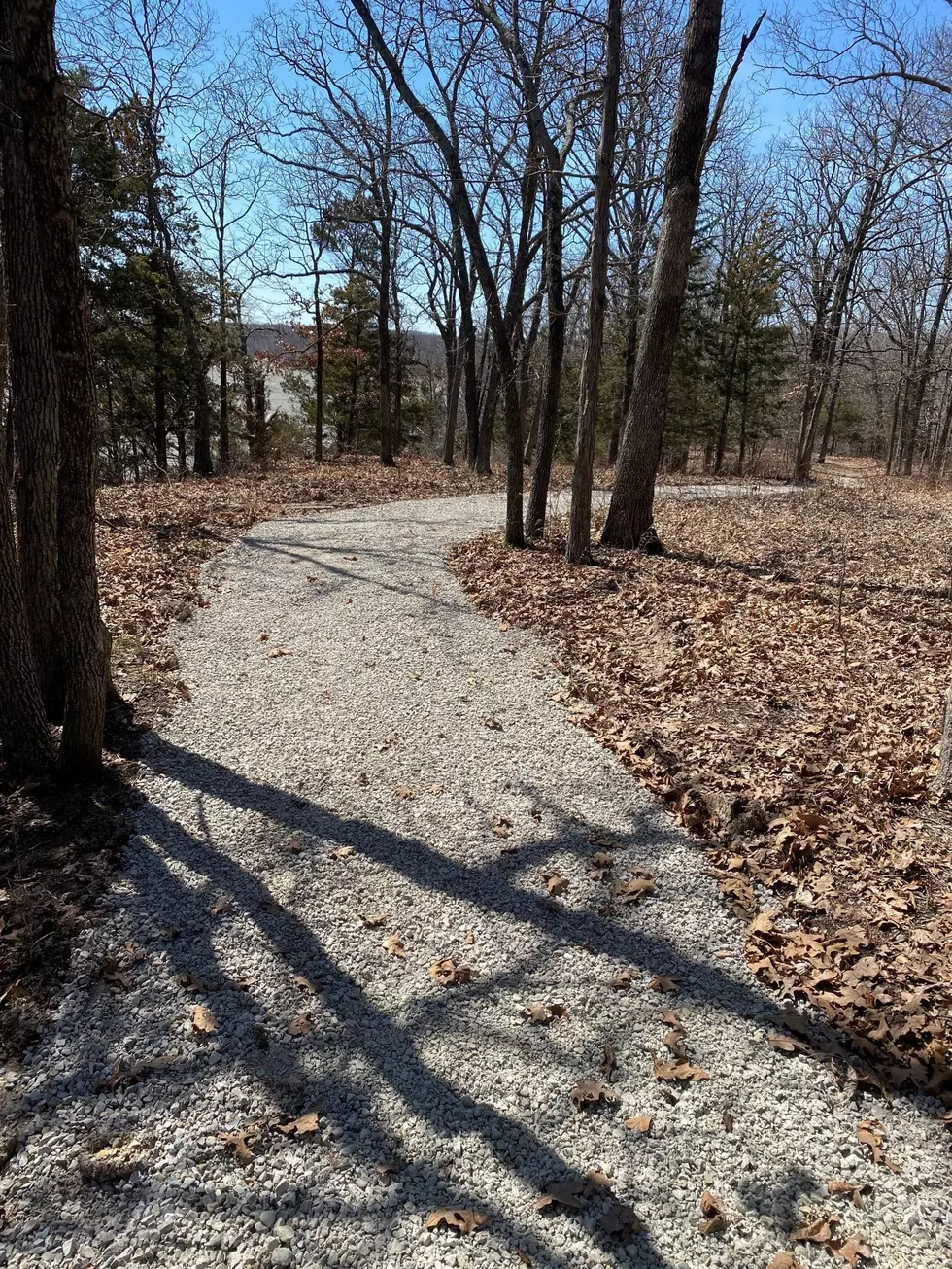
Take a Hike! Mark Twain Lake Offers Improved Trails
Take the path less travelled. Leave the sidewalks behind and look up at the leaves budding in the spring sunshine. When you take a hike at Mark Twain Lake, you’ll find the walk made much easier because of improvements at the many miles of trails that wind around the area.

The US Army Corp of Engineers has made significant improvements at Mark Twain Lake Access Trails at the Ray Behrens and Indian Creek Campgrounds. These are the paths that veer off the pavement at the campgrounds and take you to the shore to throw rocks, cast a line or just bask in the sunshine.
The Corp worked on six trails at Ray Behrens and nine trails at the Indian Creek Campground. The trails were leveled and a layer of rock was added. The funding came from the Highway Administration as part of emergency relief for the repair or reconstruction of federally owned roads/trails that are open to public travel and damaged by flood.
If you’re looking for a true hiking experience and not just access to the water, you have two options at Mark Twain Lake. The Lick Creek Trail off of Route J near the Ray Behrens entrance has an 8-mile path through the woods. The Joanna Trail offers a bigger challenge. It is a multipurpose trail containing three loops: Prairie Loop (4 miles), Log Cabin Loop (11 miles), and Pioneer Loop (5 miles), all of which comprise a 32-mile scenic trail with trailheads at the John F. Spalding Boat Ramp entrance.
The two major trails are favorites of hikers, bikers, birders and hunters. You can also ride horses on the trails, or pitch a tent at the primitive campsites available. To book one of the primitive campsites on either trail, contact the Mark Twain Lake Project Office at (573) 565-2112. These sites are free of charge and offer a fire ring and a cleared area for a tent. You can also book group or individual campsites by going to www.recreation.gov.
LOOK: The most expensive weather and climate disasters in recent decades
More From KICK FM, #1 For New Country










